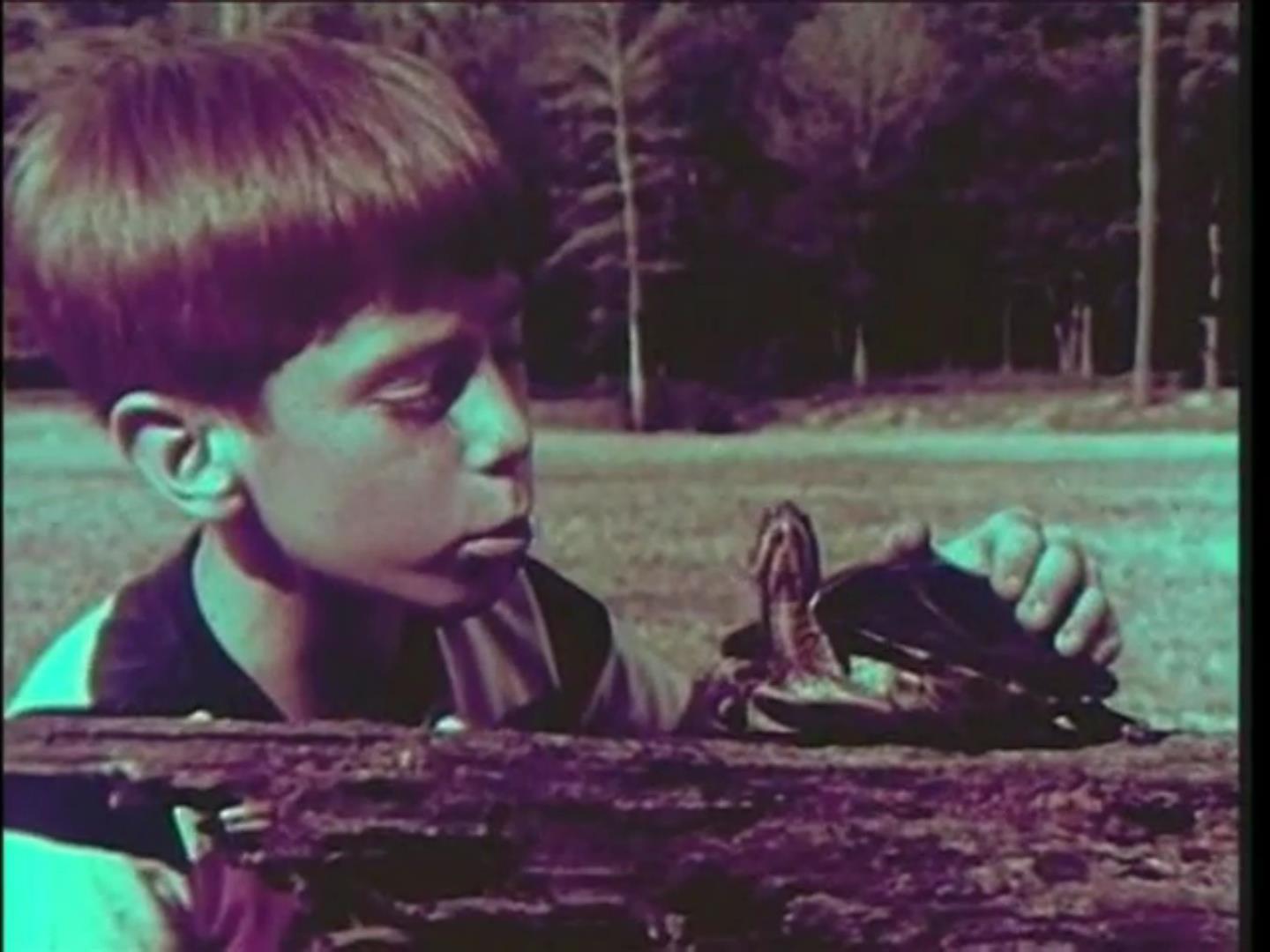As it should.
Ah, antiquated practices of the pre-Children’s Television Act of 1990 world. There was a time before such legislature that another practice was monitoring what impressionable children watched on television. Clearly, this was not during the “30 minute commercial” era in the 1980s.
The Television Code, the ethical standards set forth by the National Association for Broadcasters, and by which television networks abided, served the purpose of self regulation within the industry. It also worked to ease the concerns of parents over objectionable content in programs kids watched.
The Code of Ethics’ original form was for radio, and was created in 1935. Prior to the Television Code, less than half of all stations subscribed to it. Once the Television Code was established in 1952, two-thirds of all stations subscribed to the Code.
The Seal of Good Practice was the gold standard of shows that followed The Code, and were shown in the closing credits of all television shows:

Today’s commercial, from 1001 Classic Commercials, is from the 1970s (I’m thinking 1973, based on what I read about the Television Code), and is a response by the networks that children’s impressionable nature will not be compromised by what they watch. Bad guys aren’t heroes, and crime doesn’t pay.
The commercial features a young boy in the woods, enjoying nature and expressing curiosity about the world:

Set to “BINGO,” this is a super cute reminder of days gone by, especially watching the adventures this kid goes on. Do kids do stuff like this today? I have no idea.
Check out the commercial, and well, sing along!
In 1973, the National Association of Broadcasters responded to concerns raised by Action for Children’s Television (a grassroots nonprofit child advocacy group), and revised the code so that advertising during children’s programming was reduced to twelve minutes per hour. And based on the video my husband gave me to copy a few years ago, this held true through the 1980s. The Seal was shown on networks during sign ons and sign offs, but by this point in the Code’s life, change was coming.
In 1976, the Television Code’s standards were suspended after a Los Angeles federal judge found the Family Viewing Hour violated the First Amendment, with Section XIV (the section that limited commercial time during children’s programming). It was cited that this practice “represented an unlawful effort to restrict supply of commercial availabilities, and hence drive up prices for these spots” (Source: “Testimony of Prestion R. Padden, President, Association of Independent Television Stations, INC.”, in Commercialization of Children’s Television. Hearings on H.R. 3288, H.R. 3966, and H.R. 4125).
By 1982, Section XIV was partially struck down, with a consent decree abolishing the time standards of commercials during children’s programming. The remainder of the code was eliminated in 1983 for both Television and Radio, under threat of further legal action.
Nothing really governed the standards by which children’s programming was regulated until 1990, with the Children’s Television Act. In October of that same year, the NAB issued a brief, “Statement of Principles of Radio and Television Broadcasters.” This statement encourages careful judgment in the selection of broadcast material by networks.
Indeed, the 1970s were a simpler time for children, and a certain group wanted to make sure it stayed that way, and that kids could be impressionable for a little while longer.

Have a great Throwback Thursday!


It’s time to bring back the Television Code because we are getting fed up on all the trashy shows especially too many commercials and violence, language and sex. Enough already!
LikeLiked by 1 person
They violate the ethics code. We should create a petition to get both programs removed from tv.
LikeLike
The Code of Ethics was discontinued in 1983, which was the reason children’s programming was like a 30 minute commercial during that time. In hindsight l, it is great nostalgia, but why should the two be the same? Banning something that prevents this type of marketing is not the worst thing.
LikeLike
How can they allow Naked and Afraid and Naked in Love??? These are vulgar and offensive and are shown when young kids can watch. These two programs should be removed from the Discovery channel.
LikeLike
I don’t watch either.
LikeLike